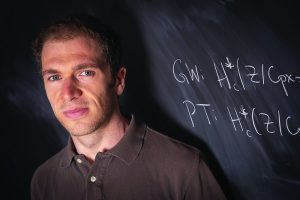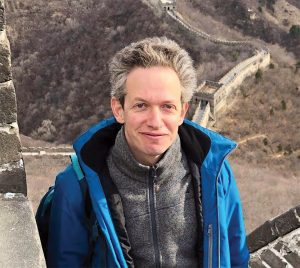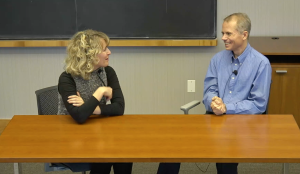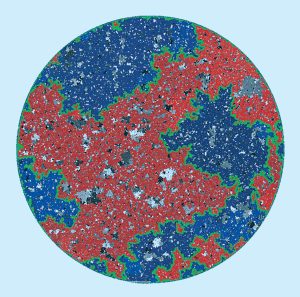In this issue of the Newsletter

Milestones and Prizes

From Billiard Dynamics to Riemann Surfaces

Random Paths and Purpose: A Conversation with Scott Sheffield





This short film documents the third week of the 22nd Simons Physics Summer Workshop: Future Pathways for Fundamental Physics held from July 28 – August 15 at the Simons Center for Geometry and Physics at Stony Brook. By Gela Patashuri View Here: https://www.youtube.com/watch?v=pDTCGicphEM
“We thought we understood quantum field theory—but there are still profound structures waiting to be uncovered.” — Professor Nikita Nekrasov In this in-depth interview, Professor Nikita Nekrasov discusses newly discovered structures within quantum field theory, shedding light on their mathematical foundations and physical significance. A must-watch for researchers and students interested in gauge theory, integrable … Read more
Reprint from Quanta Magazine: Heat Destroys All Order. Except for in This One Special Case: Zohar Komargodski, a theoretical physicist at Stony Brook University, helped prove that in a very specific system, order will never break down… Read more here: https://www.quantamagazine.org/heat-destroys-all-order-except-for-in-this-one-special-case-20250116/
2025 Summer Concerts The Art and Outreach Program at the Simons Center for Geometry and Physics at Stony Brook University is pleased to present a new music series free and open to the public: Thursday July 10 Piano Performance by Liya Nigmati. Artist Bio 4:00 – 5:00 pm: Concert in the Della Pietra Family Auditorium, … Read more
Congratulations to John Pardon on winning the New Horizons in Mathematics Prize for important results in geometry and topology, particularly in the field of symplectic geometry and pseudo-holomorphic curves, which are certain types of smooth surfaces in manifolds.
From Billiard Dynamics to Riemann Surfaces. By Samuel Grushevsky
Teichmuller Dynamics via Algebraic Geometry
Random Paths and Purpose: A Conversation with Scott Sheffield. Interview by Evita Nestoridi
Organized by Igor Klebanov, Zohar Komargodski, Raju Venugopalan The workshop will cover a range of topics related to confining gauge theories, and non-perturbative QFT more broadly. Topics will include aspects of lattice gauge theory models, corrections to the Nambu-Goto action and the S-matrix bootstrap for confining strings, generalized symmetries on the lattice and in the … Read more
Simons Center for Geometry and Physics Science Playwriting Competition 2025-26 Call for Plays DEADLINE for submissions is now closed. Winners will be announced in early 2026! The Science Playwriting Competition brings science and theatre together for the dissemination of scientific knowledge through an intriguing lens — providing inspiration for plays that lead to exciting ways … Read more